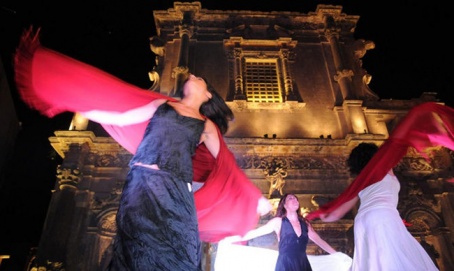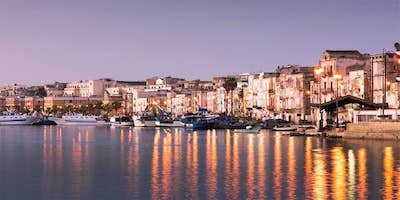Discover the Italian Ambassador of Excellence in this region
Choose category
Art and culture of Apulia

Apulia has been the cradle of ancient civilizations that have left works of art such as prehistoric graffiti in the caves of Porto Badisco.
The region of Puglia has always been affected by its position between East and West: in fact, because of its location, it was considered a real bridge between two worlds, thus affecting the Western Roman-Germanic culture and the Eastern Greek-Byzantine. For this reason, the artistic cities of Apulia are characterized by the overlapping of several artistic styles, with examples dating back to the presence of the Greeks.
Food and flavours of Apulia

The flavors of Puglia are many and all wonderful so you will never tire of knowing and appreciate them. The centuries-old culinary tradition of Puglia is rich in recipes and tasty dishes that can strike you to the point of wanting to know them in depth, to study the origins and preparation.
There are many recipes that this cuisine of Apulia presents, which highlights the raw materials used, both land and sea. The most typical dish of Apulian cuisine is that of "Orecchiette with horse meat sauce", but are no less known the "Orecchiette with turnip tops", the "chicory with broad bean puree", and those that reconnect the territory to the Mediterranean, such as "Cavatelli with mussels" or Bari baked rice also called rice with potatoes and mussels. The various traditional dishes are interpreted differently from province to province and from city to city.
Places and tours of Apulia

Apulia is marked by ancient populations and various dominations that have left important archaeological finds, castles, ancient villages and palaces throughout the region.
The smaller towns and villages are home to sumptuous historic buildings, mostly based on the Romanesque and Baroque, of which the one from Lecce represented by countless palaces and churches, is the richest and most original.
Basilicas, cathedrals and sanctuaries, different artistic expressions united by the faith; and again, patronal festivals, village festivals and evocative historical re-enactments renew each year ancient habits linked to the time of the festival. Among the most excellent Romanesque buildings and the oldest in Puglia, is the Basilica of St. Nicholas of Bari. This superb masterpiece of architecture, as austere as a fortress, overlooks its tripartite facade flanked by bell towers.
Events in Puglia
Unesco Sites in Puglia
Stories and traditions of Apulia

The history of Apulia is rich and important. As for most of southern Italy, the most advanced forms of government and settlement derived from the Hellenic colonization (Magna Graecia), which reached its peak in the fourth century BC, a period in which the Roman militias appeared in Puglia, conquered it and made it a meeting point between east and west. At the fall of the Roman Empire, Byzantines, Lombards and Arabs alternated on the Apulian territory. Later Apulia went under the Angevin domination and became part of the Kingdom of Naples.
Apulia is the region of the "Taranta", a traditional Salento dance and religious processions that tell the story of a people and its relationship with its land. A fascinating series of popular festivals, processions, village festivals, which extends throughout the year represent in an evocative way traditions and customs from very ancient origins.












































